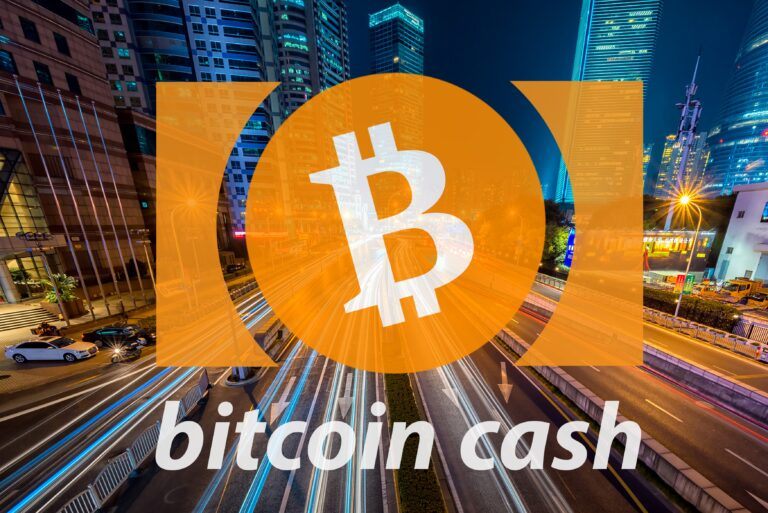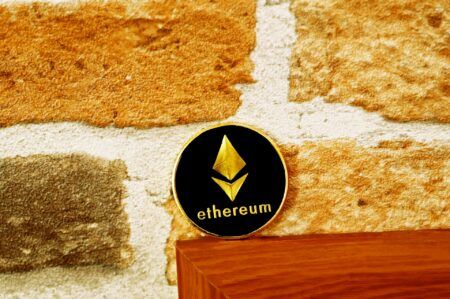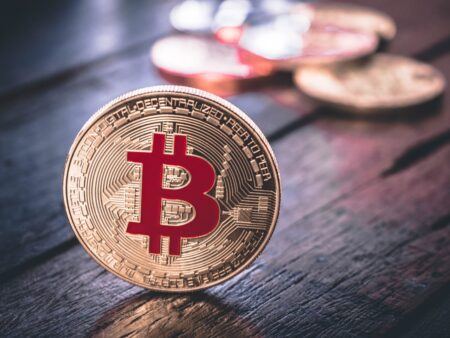The topic of Bitcoin Cash is a very divisive one and we’ve reached the point where itʼs hard to make statements regarding the issue without being labelled as a zealous fanboy of either side. The believers call it the original vision and Satoshiʼs true intent, while the “coreheads” dismiss Roger Verʼs invention for being just another altcoin that isn’t worthy of the Bitcoin brand.
Bitcoin Cash was created in a moment when Satoshiʼs invention was growing unexpectedly fast while having an identity crisis, and it proved that the words of an absent founder can become gospel.
Bitcoin: A Peer-to-Peer Electronic Cash System
In a nutshell, Bitcoin Cash refuses to embrace the sole function of Bitcoin as a store of value: in the vision of Roger Ver and his supporters, HODLing is a vice and cryptocurrencies should be spent on goods and services, as it is a P2P cash system after all.
The main change for BCH were the bigger (8MB) block sizes which increase the number of transactions that can be made in one block – which consequently reduces the fees. There is nothing wrong with this approach and some may argue that it contributes to a speedier adoption of cryptocurrencies in the financial system and international markets. Lower transaction fees are an incentive to actually fulfil the “peer to peer cash” purpose that Satoshi Nakamoto presented in the whitepaper.
Roger Ver was a strong advocate of the controversial New York Agreement, and opposed the time and resources-consuming SegWit and Lightning Network. The development and implementation costs were deemed too high, the testing would require an indefinite amount of time, and the original vision of Satoshi Nakamoto never mentioned such scaling solutions.
In the short term it was so much easier to increase the block size. This meant that the new coin would be supported by a more centralized network which meets the technical scaling requirements but places slightly more power and profit in the hands of miners.
The Bitcoin Brand Battle
However, the advantages come at a price and we shouldn’t be ignorant in regard to these issues. From a marketing perspective, itʼs bad to create confusion of the bitcoin brand as it makes it difficult for newcomers and creates a distorted image about the divided nature of Bitcoin.
The fact that Roger Ver owns the Bitcoin.com domain name, a proprietary wallet and the Twitter account, further contributes to the confusion. And the way he refers to the original Bitcoin as “core”, while pointing out its flaws as a liquidity transfer facilitator seems to work for his own brand. There have unfortunately been multiple cases of new investors sending BTC to BCH wallets provided by Bitcoin.com.
A Sustainable Solution
We shouldn’t deem Bitcoin Cash as a long-term solution, though: it might be better for payments and transactions for now, it most certainly won’t be able to keep up with demand if it solely relies on increasing block size as a solution. The Lightning Network, despite not being part of Satoshiʼs original vision, is a solution, that if successful will provide better scalability and greater security.
Bitcoin Cash does not benefit from the support of as many big developers and engineers from the cryptocurrency world. The block size vision is not quite revered among the brilliant minds whose heads are focused on innovating around BTC.
If anything, Bitcoin Cash is like 3dfxʼs Voodoo 5 video card: an improvement that relies on stacking together existing technologies, and one that will have to compete with true development and innovation. There are plenty of supporters and advocates, but their loyalty also revolves around a mirroring of principles: if they think that cryptocurrencies should act as liquidity and get spent, then they will go for the brand which offers them the lowest fees. But if the competition manages to deliver an overall better product, then even the most faithful of supporters will choose according to their best interests.
It All Rests On The Lighting Network
Whether or not the Lightning Network will succeed and solve all the scaling issues is something that remains to be seen. But for now, if you really care about using the Bitcoin version which has the lowest transaction fees and the most accessible interface, then you may go for Bitcoin Cash.
Then again, Bitcoin Cash isn’t much different from Litecoin or many other alts in technical terms, and some may argue that Charlie Leeʼs coin is much more secure against 51% attacks and has lower fees thanks to SegWit.
Competition is always healthy for growth, this is an open source market where anyone can start a new coin, but that doesn’t make the gospel approach to the whitepaper and the appropriation of the name alright. Bitcoin Cash can be recognized for its technological virtues but will never be the real Bitcoin, nor will it replace it.









